In a city perpetually buzzing with new openings, one might pause to ask: does Bangkok truly need another luxury hotel? My own answer remained a thoughtful question mark as the car glided into the hushed embrace of Soi Somkid 1. This enclave, once perhaps best known for supermarkets and weekend shopping, now possesses an altogether different aura—a mysterious, effortlessly cosmopolitan personality that finds its heart at Aman Nai Lert Bangkok. Here, a bronze-gold tower rises discreetly, woven into the historical fabric of the Nai Lert Park, a sprawling 2.2ha estate representing some of the city’s most coveted grounds. Bangkok has indeed witnessed a flurry of significant hospitality debuts recently; could Aman Nai Lert Bangkok, the brand’s third urban sanctuary globally, genuinely cut through the noise?
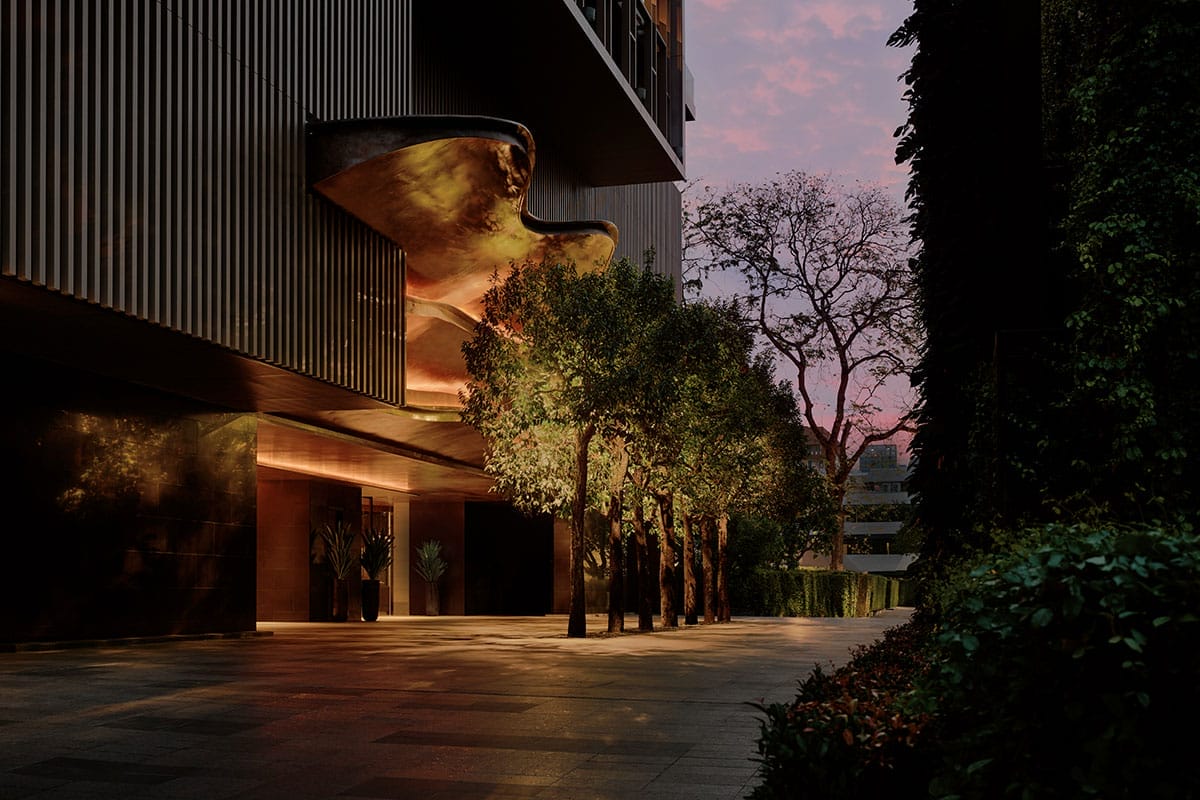
Upon arrival, the property, just shy of three weeks old during my visit, felt imbued with a fresh, quiet energy. Initially, the ceremonial ‘hand-washing’ ritual in a gleaming silver vessel felt, perhaps, a touch formal—“just show me to my room, will you?”. Yet, a gentle internal nudge reminded me of the profound significance of such gestures in Thai culture. To accept this welcome was to acknowledge, by extension, one was stepping into the ancestral home of a pivotal figure in modern Bangkok’s story, the esteemed Lert Sreshthaputra.

Like many Aman destinations, from the canals of Venice to the ancient temple grids of Siem Reap, a stay here is deeply entwined with the history and heritage of its location. More than just a favourable staff-to-guest ratio, a visit promises a genuine immersion into the city’s rich backstory. One sun-dappled morning, we embarked on a guided exploration of the Nai Lert Park itself, a compound of two distinct structures offering a profound glimpse into the tranquil origins of this pocket of the city, now encircled by a vibrant urban hum. Among the treasures within this stately residence: a charming antique Fiat, exquisite Southeast Asian objets d’art, delicate Japanese antiques, and the very river crafts that once navigated the connecting klongs towards the majestic Chao Phraya River.

Within the contemporary embrace of Aman Nai Lert Bangkok, where interiors by Jean-Michel Gathy and Denniston breathe a sense of place, history is physically rooted. A magnificent Somphong tree, a dioecious giant reaching towards the sky at 45 metres, stands as the living heart of the hotel’s pool landscape; the building was, remarkably, constructed around it. Lounging by the water’s edge, beneath its generous canopy, I couldn’t help but ponder the incalculable value of such natural serenity amidst blocks of skyscrapers—shade that likely cost billions of baht to preserve.
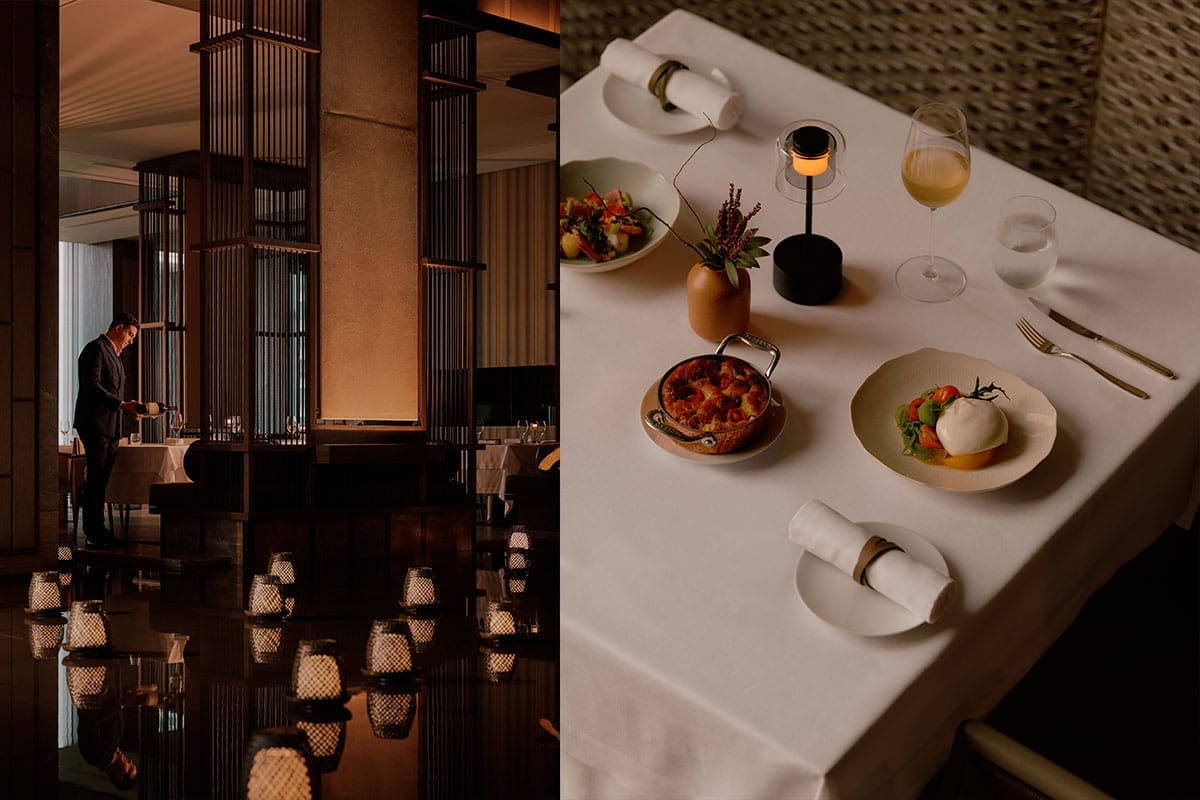
Beyond the allure of the swimming pool, other corners of the hotel feel destined to become global havens. Take, for instance, a quiet table tucked away in Arva, the hotel’s Italian restaurant. From this vantage point, a fascinating tableau unfolds nightly. One evening, stylish Bangkokians, camera phones at the ready in search of that perfect shot, mingled with Spanish guests observing the ‘phone-eats-first’ ritual with good-natured bemusement. The cuisine at Arva, featuring triumphs such as a superb pizza adorned with tomatoes, burrata, and anchovies, as well as a deeply satisfying pan-seared Black Angus tenderloin paired with braised beef and sweet peppers, offered a taste of authentic Italian comfort—dishes that would feel perfectly at home in an insider’s trattoria on a hidden Milanese via.
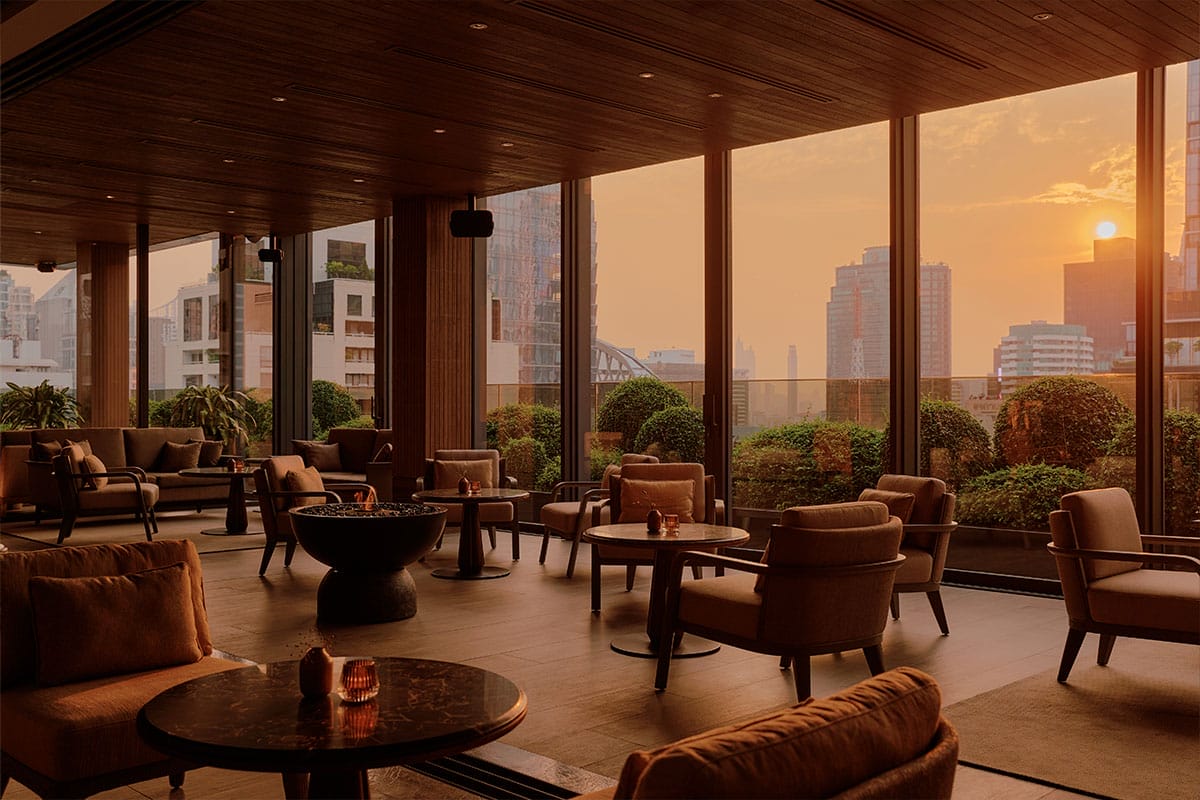
Upstairs, at Hiori, the intimate teppanyaki restaurant crowning Aman Nai Lert Bangkok, Chef Yoji Kitayama, with flame and flair, crafts dishes that honour his lineage of master chefs. Highlights include a refined wagyu consommé presented with sweet king crab, exquisite melt-in-the-mouth wagyu sirloin with a hint of miso horseradish, and a seemingly simple, yet perfectly executed garlic fried rice.
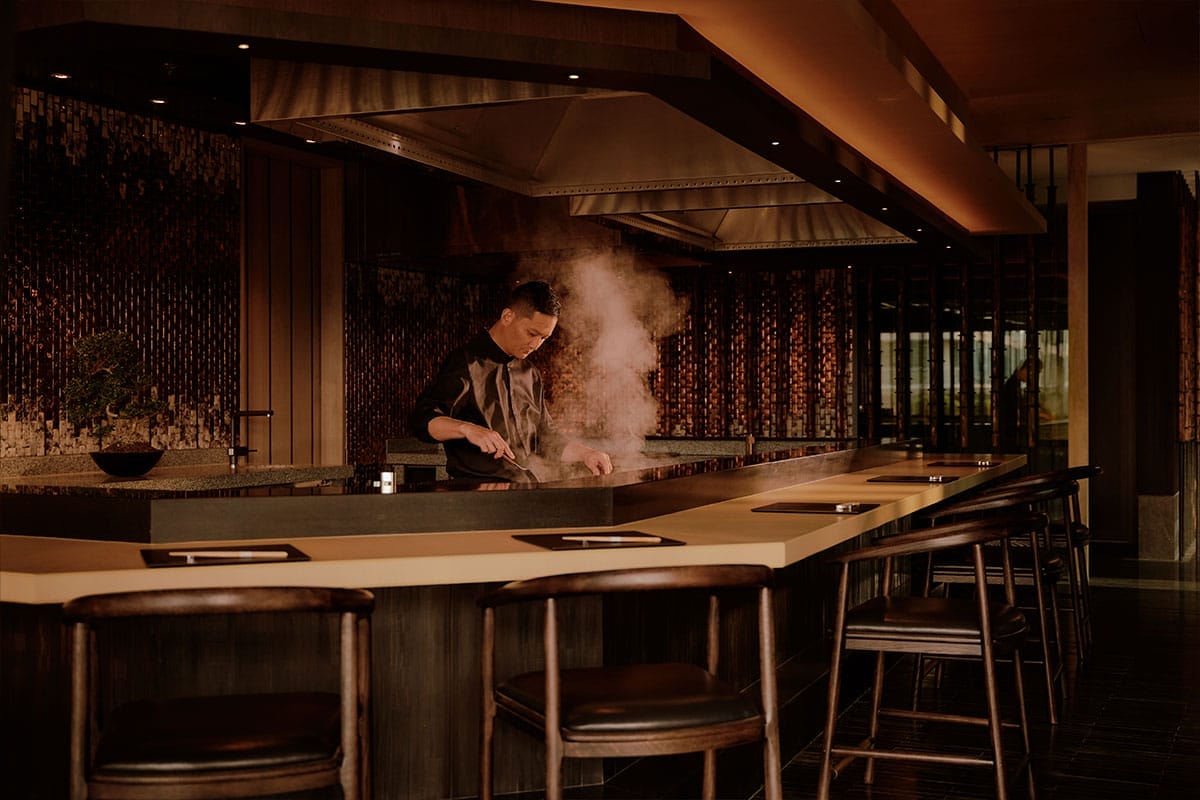
Adjacent to Hiori is the Aman Club, only the third of its kind globally, and is accessible exclusively to hotel guests and Aman Residence owners. Here, Michele Montauti, a familiar face in Bangkok’s bar scene and the hotel’s Director of Beverage and Bars, excels at his usual night job—pairing cocktails to accompany what is arguably the star of the show here: the cityscape beyond and the shimmering light forms of buildings far and near. A charming, unexpected detail within the Aman Club: the gentle, flickering glow of electric fireplaces, a touch one might associate more with a snowy ski resort than a tropical city, which adds an element of cosy intrigue.
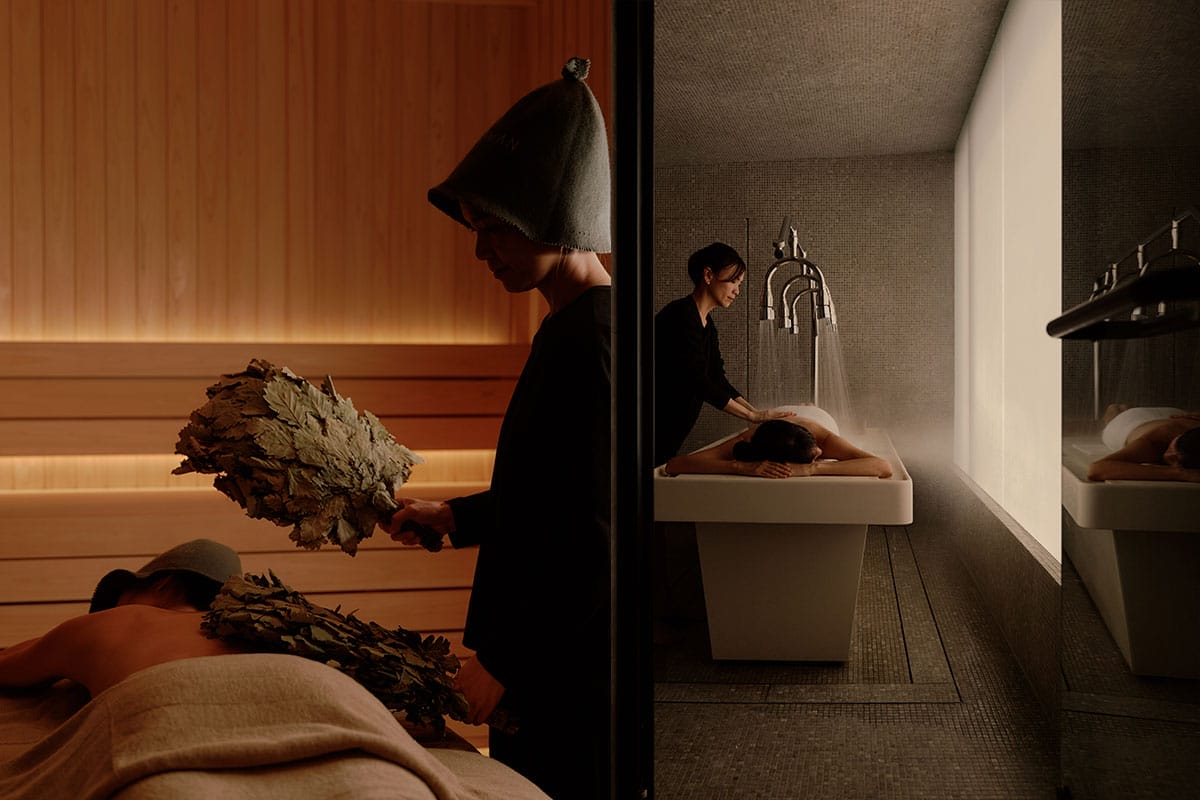
The following day, fuelled by a glass of energy-boosting hydrogen water (an intriguing offering at the hotel’s gym), I explored the extensive fitness facilities. This wasn’t merely a hotel gym; it was perhaps the most comprehensively equipped facility I had encountered in recent memory, a space designed for serious workouts. The commitment to wellness extends to the Medical Wellness by Hertitude Clinic, where guests can access cutting-edge aesthetic treatments, ranging from Oligio radio-frequency and CoolSculpting to hair restoration. For those seeking peak performance inspiration, Aman Nai Lert Bangkok even offers a bespoke three-day detoxification programme organised in collaboration with the legendary GOAT (Greatest of All Time) Novak Djokovic himself.
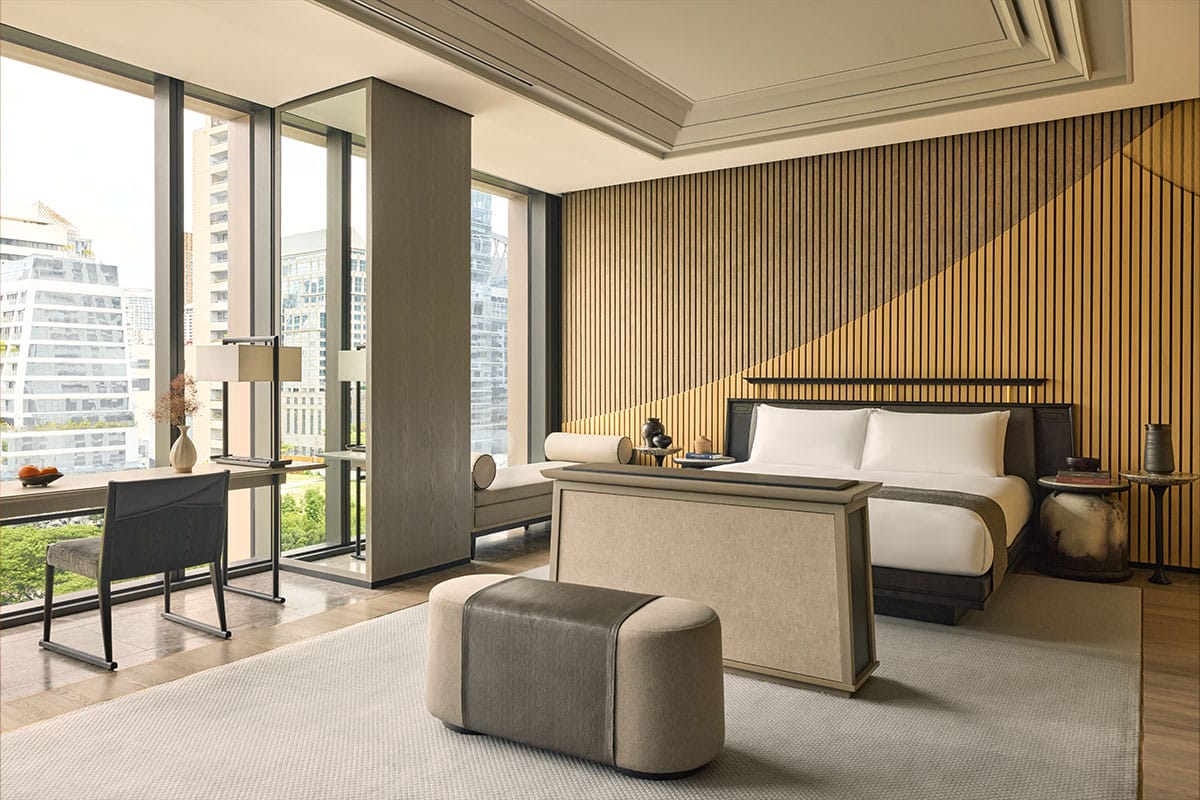
Ultimately, beyond the allure of the dining and wellness spaces, it is the accommodations at Aman Nai Lert Bangkok that captivate. Evident here are tone-on-tone beige and mocha shades; and Denniston’s internationally acclaimed consideration for room flow. The thoughtful selection of art, present but never overwhelming, elevates these spaces into personal sanctuaries. They are rooms one doesn’t just stay in, but also longs to return to—places to find both rest and inspiration, an in-between space between airports, flights, and the other usual road warrior routines. For that reason alone, to finally answer the question: yes, Bangkok absolutely needs this luxury hotel.




